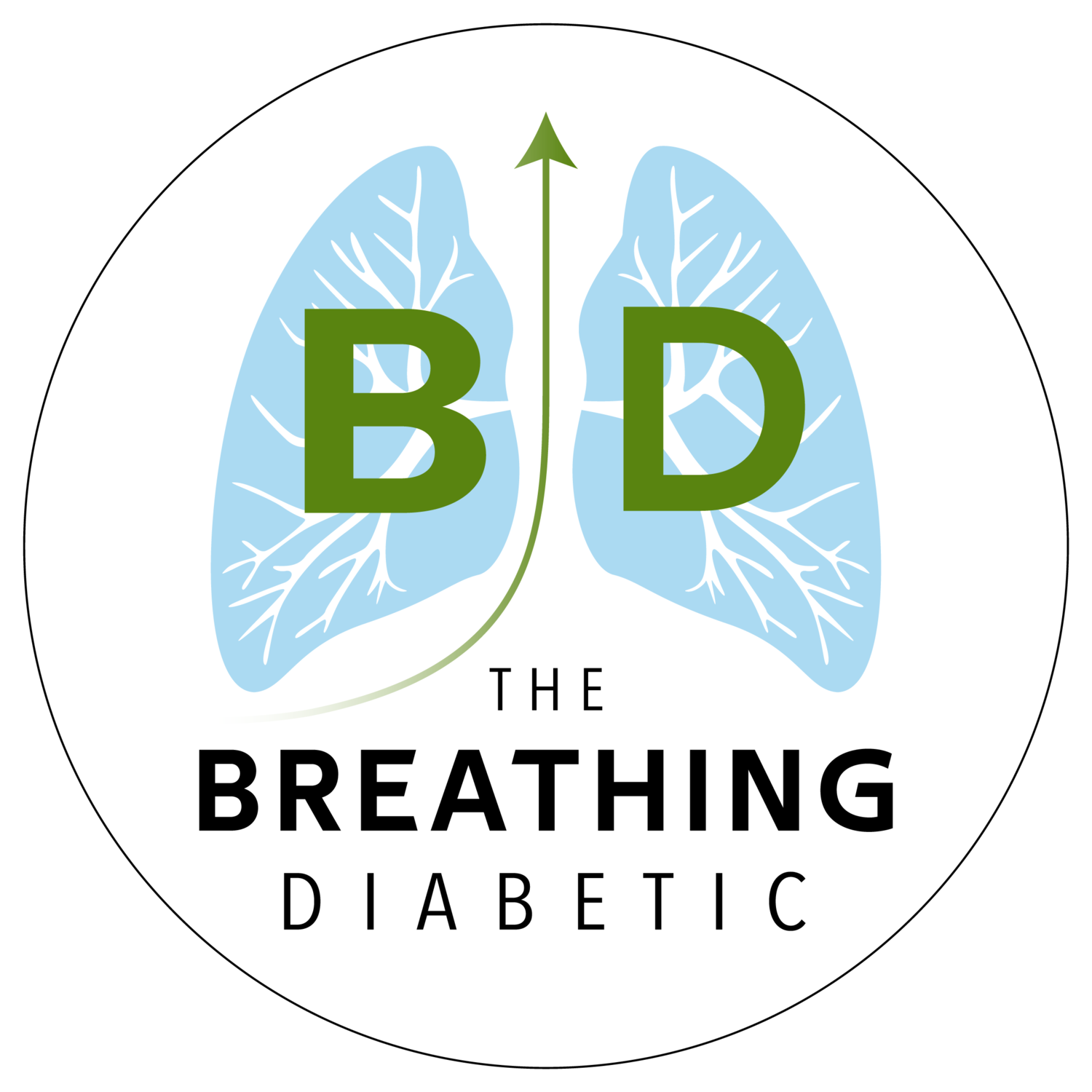Listen Instead of Reading
If you enjoy listening, you can subscribe to the audio version on Spotify, Apple Podcasts, and Audible so you don’t even have to look at the email 😊
Enjoy These Posts?
Reading Time: 2 min 1 sec
I hope the next 30’ish breaths are the most nourishing of your day.
4 THOUGHTS
1. Breathing, Clouds, and Connection
“Clouds never truly disappear. They change form. They turn into rain and become part of the ocean, and then evaporate and return to being clouds.
The same is true of art.”
- Rick Rubin, The Creative Act
And the same is true of breath.
The same air circulates for everyone. It turns into breath when inhaled, and then gets exhaled and returns to being communal air. Each breath is unique, but breath itself never disappears; it only changes form.
2. If We Breathe Slow, We Can Live Slow
“It has been said that if we breathe fast, we live fast. If we breathe slow, we can live slow. And remember, things that go fast are often over quicker, so when it comes to longevity, slow and steady wins the race. When we can control and steady our breath, we can also begin to embody steadiness in our day-to-day life.”
- Eddie Stern, Healing Through Breathing
That’s an excellent reminder to breathe slow to embody steadiness in our daily lives, allowing us to fully experience this one short life we have. Remember: “If we breathe slow, we can live slow.”
***
P.S. Note that this isn’t about living longer per se. If you want to do that, scroll through Eddie’s wonderful recent IG post.
3. Humming Under Water
In The Well-Lived Life, Dr. Gladys told of her friend Cecile, whose son was afraid of swimming. He would inhale water through his nose and couldn’t breathe. Then, Cecile found a swimming instructor:
“The swimming instructor fixed the problem in a single session by teaching the child to hum underwater. ‘It’s such a simple philosophy,’ Cecile mused as she sat across from me on the living room sofa. ‘As long as he keeps humming, he can’t inhale the water. When he’s out of air to hum, he knows to come to the surface.’”
This is a perfect reminder that sometimes—just sometimes—solutions are easy when approached from a different angle.
If you’re so inspired, look for places where you have fear and see if you might be able to do some metaphorical humming instead 😊
4. Two Tiny Thoughts (and practices) for Today
#1
Sometimes, the most mindful thing you can do is let your mind wander.
#2
A repeat from two weeks ago: “Always laugh when you can, it is cheap medicine.” - Lord Byron
1 Quote
“Whenever you wonder how you might access gratefulness in a given moment, try this: Simply return to awareness of your breath—inhale and exhale gratefully.””
P.S. Thanks to Paul H. for sharing this one with me.
1 Answer
Category: Arteries and Veins
Answer: This is the only place in the body where arteries carry deoxygenated blood and veins carry oxygenated blood.
…
(Cue the Jeopardy! music.)
…
Question: What is in the pulmonary circulation?
In good breath,
Nick Heath, T1D, PhD
“Breathing is the compound interest of health & wellness.”
P.S. ok thinky time
P.P.S. Check out The Breathing App for Diabetes to have Eddie Stern and me guide you through a 28-day slow breathing program.
Coaching
I can currently work with one more person if you can meet on weekends. Just send an email to nick@thebreathingdiabetic.com, and we can discuss it further 🙏
Amazon Associate Disclosure
I’ve been recommending books for almost 6 years. Yet somehow, I just discovered that I could be an Amazon affiliate [face-palm]. In any case better late than never. Now, any Amazon link you click is an affiliate link. As an Amazon Associate, I earn from qualifying purchases. So, if you’d like to support my work, buying books through these links is helpful : )
* An asterisk by a quote indicates that I listened to this book on Audible. Therefore, the quotation might not be correct, but is my best attempt at reproducing the punctuation based on the narrator’s pace, tone, and pauses.


